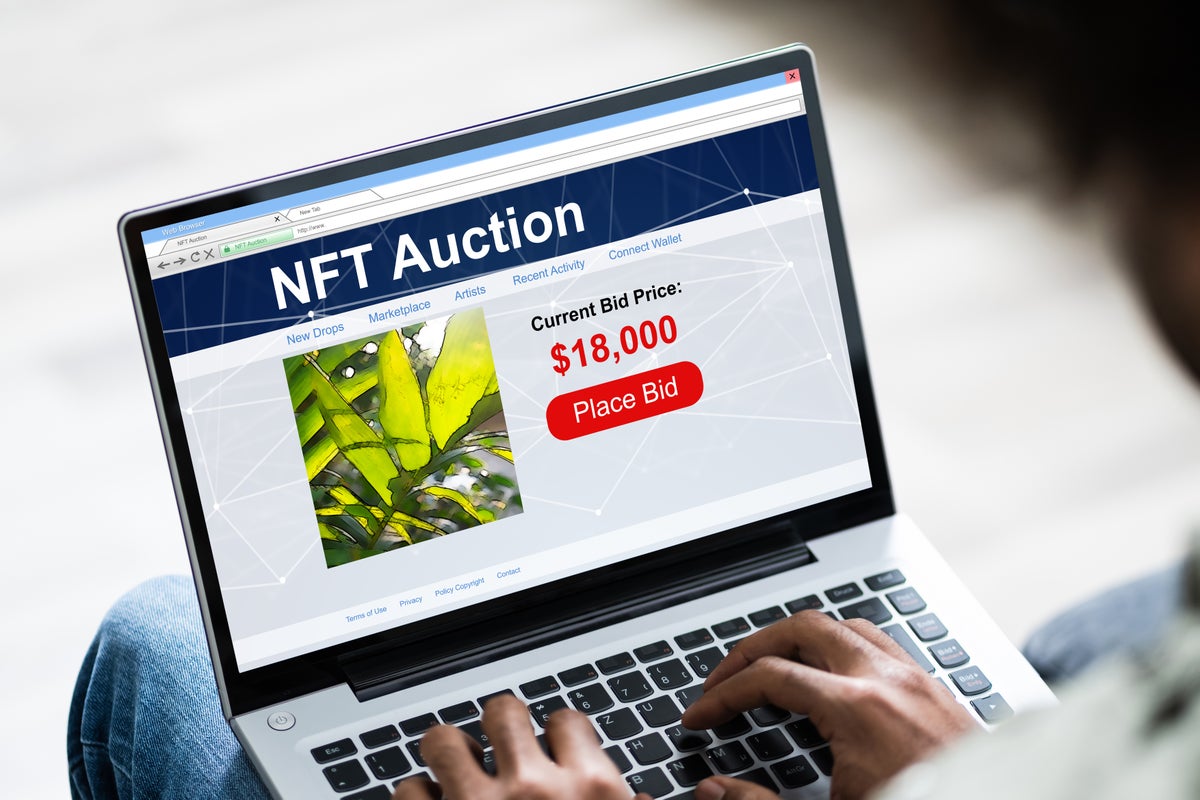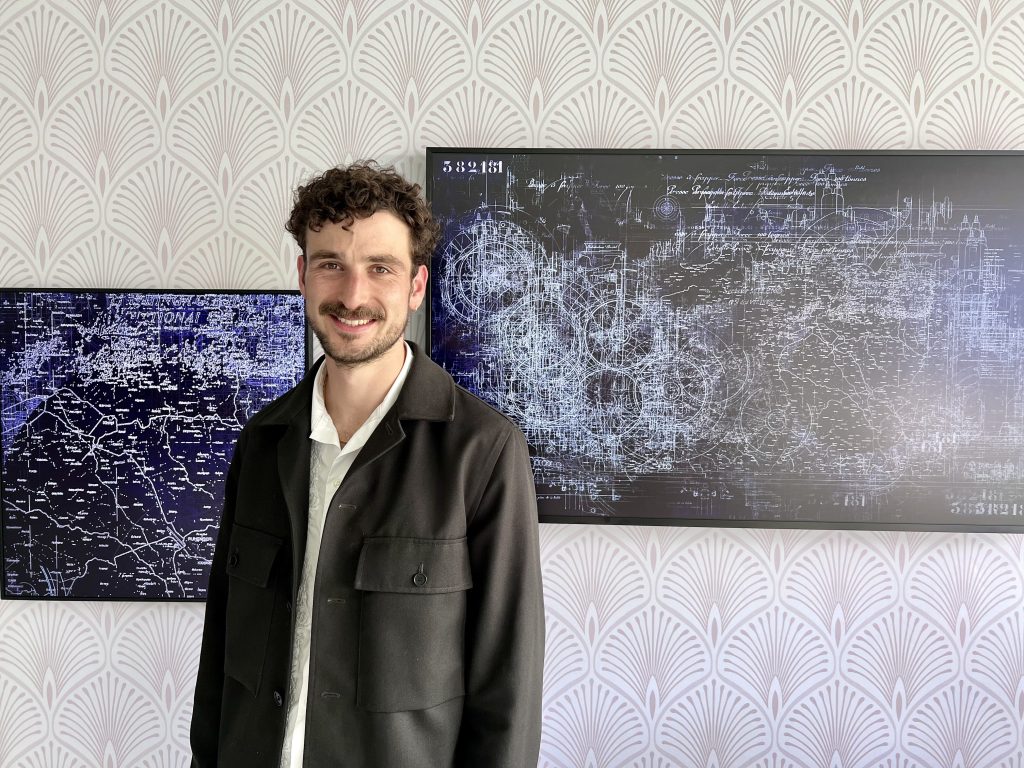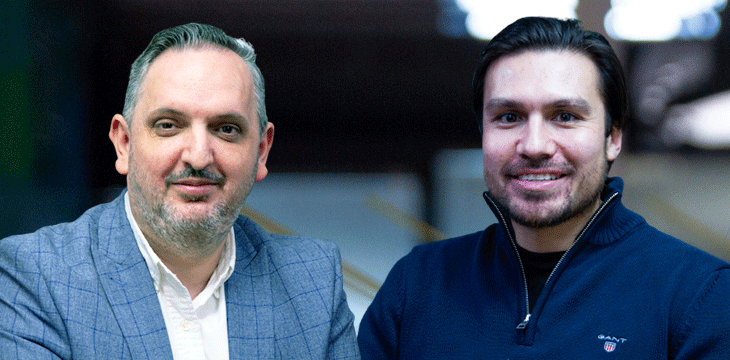A new DAO wants to bring art collecting power to the people through the magic of blockchain. Can it actually work?

As decentralization gains serious momentum in investment circles, it was only a matter of time before blockchain startups tapped into a slice of the art market.
A new investment fund called Salon is launching with hopes of changing the way people collect both digital and physical art, harnessing the ethos of Web3 and blockchain to help it build world-class collections of contemporary art.
The fund, which operates as a Decentralized Autonomous Organization, or DAO, gives its members staking and voting rights backed by the Salon token. The business model is simple: buy and stake the Salon cryptocurrency, then participate in identifying, acquiring and managing artwork for the collection.
Founded earlier this year by a native of the digital art world, Artsy social media marketing manager Jordan Huelskamp, Salon bills itself as a decentralized, blockchain-oriented art fund that she hopes can pivot away from the traditional ways art business is done.
Huelskamp told Artnet News over email that her background in art and business management (she previously worked for Apple) will help her identify macro trends in the art market, which can then be monetized and aggregated into a DAO. To this end, Huelskamp Salon’s acquisition began with the purchase of a physical work by the artist Hanna Hur, entitled Nine (2021), through Kristina Kite Gallery.

Nine (2021) by Hanna Hur. Courtesy of the artist and Kristina Kite Gallery
Huelskamp said she hopes Salon’s business will appeal to “the next generation of collectors,” many of whom lack direct access to primary or secondary art markets.
“Art market expertise and access to top galleries and artists are necessary to make investment-worthy purchases,” Huelskamp wrote in the Salon whitepaper. “Industrious investors hire experienced art advisors to help them navigate the market, or spend their vacation days accumulating social capital by traveling to global exhibitions in hopes of winning access to important works.”
Initially, Salon will be limited to accredited investors only, meaning that participants who chose to join the Salon DAO will become, for legal purposes, an investment club, registered as a limited liability company (LLC) in Delaware, a tax haven.
Salon will then be able to legally offer the token as a DAO with members contributing capital in exchange for Salon units, which can be used to propose and develop new acquisitions.
It is an exciting but largely unproven business model. After all, access in the art world is akin to data in technology: It can be mined for gold, but is difficult to scale.
While it may be true that art industry veterans spend more than the average person’s time on a yacht or in the Hamptons, that access can be hard to quantify—much less tokenize.
Skeptics of so-called “art-as-investment” startups, such as Masterworks or Otis, say that ambitious art advisers are quickly learning that it is not easy to make money flipping blue-chip, investment-grade art. “Adding blockchain to the mix doesn’t necessarily make it easier,” Brian Frye, a law professor at the University of Kentucky, told Artnet News.
He added that these models ultimately fail to account for what he calls the “cartelization” of the art market, where large players control supply and demand, largely keeping the smaller ones out of the game.
What makes it difficult for outsiders to profitably invest in the secondary art market, according to Frye, is the simple fact that demand exceeds supply. In other words, if everyone had access to below-market Picassos, the business model for buying and selling them would be a no-brainer.
The problem? They don’t.
Salon’s business model is not entirely new. In 1904, a network of dealers was formed in Paris Le Peau d’Ours, which is often considered the first private investment club in art history. More recently, Collecteurs, an initiative started by Evrim Oralkan and Jessica Oralkan in 2014, is also trying to build a bridge where collectors can share and show their work.
For Frye, the problem with all these models is scalability. He noted that they are difficult to grow because successful dealers in the network lack the financial incentive to pool access to potentially lucrative (flippable) art.
“Ultimately, I am skeptical of initiatives that promise massive returns on investment on art using fintech, blockchain or otherwise,” he said. “Acquiring artwork for less than market value means tokenizing access to a dealer’s network, thereby diluting the dealer’s own stake in what is essentially a one-person operation.”
“Imagine for once Larry Gagosian suddenly tokenizing access to his network,” Frye said. “The incentive just isn’t there.”
Huelskamp said she believes Salon’s user-driven collector community will be different, in part because she will leverage her own skills in online marketing and data analytics to create value for the pool.
“While Salon’s early members firmly believe in art for art’s sake,” she said, “we also embrace art as an asset class, and aim to offer an innovative solution to some of the art world’s myriad investment barriers.”
Salon declined to comment on how much money it has raised so far, and how many members are part of the DAO.
Follow Artnet News on Facebook:
Do you want to be at the forefront of the art world? Subscribe to our newsletter to get the latest news, eye-opening interviews and sharp critiques that drive the conversation forward.

























